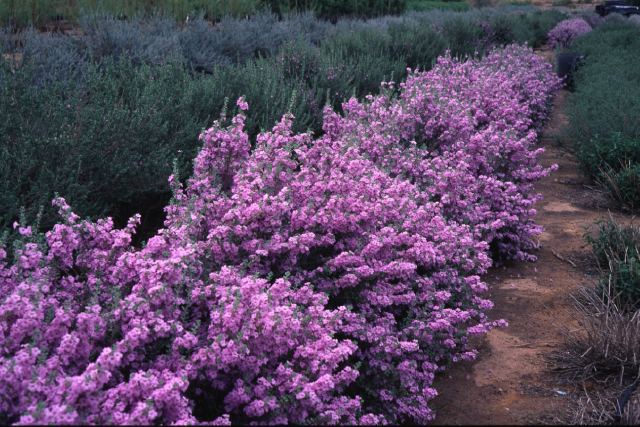Ellen Hoverkamp. "It's a bit like a recipe book," Druse said. "Or
cacti and succulents. Saturday noon or 4 p.m. or Sunday at 9 a.m.
1. Mulch & water Your vegetable garden, landscape, flowerbeds
and trees need some help to make it through this torrid month.
Mulch, and water deeply.
2. Lawn care Your grass also needs deep, infrequent watering
(5 day schedule) and keep the cutting height for your lawnmower as
high as possible. This will help shade the roots and conserve water.
3. Vegetables This is the month to start your sweet corn, okra, snap
beans, cream peas and black-eyed peas from seed. Because the first
frost is likely to occur within 100 days, use transplants for your
peppers and tomatoes. During the second half of this month, plant
your broccoli, cabbage and Brussels sprouts.
4. Fall tomato deadline The window for planting fall tomatoes
closes at the end of August. Some growers feel that this is the best
season for tomatoes. Tomatoes planted in August reach production
maturity towards the end of September, when the temperatures
cool down, creating best conditions for fruit set.
by Chris Winslow
When asked about plant choices for a new garden, I often steer
customers towards some of the tough beauties found in the xeri-
scape section of the nursery.
One of the all-time greats here is Texas sage. I came across this
comment recently on the Floridata website: Sage can face droughts,
freezes, high wind, salt spray, hungry deer and blazing heat, and
keep right on performing beautifully.’ This gives you some idea
of the resilient nature of this plant.
They are native to the Trans Pecos region of southwest Texas, from
Uvalde to El Paso and on both sides of the Rio Grande, and they
blossom with beautiful bell-shaped flowers after a rain shower.
In its desert habitat this evergreen shrub can reach 3 to 5 feet, and
can get even larger in a landscape setting with more water. Make
sure your sage gets at least 6 hours of sunlight. Anything less and
it will start to look straggly.
Texas sage has silvery leaves that are pubescent (soft and furry to
touch). Flower colors range from blue to purple to pink to white.
Right now you can see these beautiful blossoms all around the city.
When you plant sage, be sure to do some deep watering to help it
get established and then back off on the watering. Texas sage
requires good drainage. If your soil is heavy in clay, plant it in a
aised bed or mound.
They do not respond well to fertilizers and composts, and will bloom
much better if left alone.
With the advent of plant breeding there is a new group of Texas
sages that exhibit different leaf and flower colors, as well as shapes.
Here are some of the more popular ones to look for... the seven
sages.
1. Silverado: a new dwarf silver leaf sage that can grow to 3 to 4 feet
high with dense foliage.
2. Silver cloud: grows 4 to 5 feet tall and has a dense form. Its silver
foliage has a beautifully contrasting deep purple flower.
3. Thunder cloud: this cenizo has a tight, compact growth habit
reaching 3 feet. Its’ silvery-white foliage provides a great backdrop
to its deep violet flowers.
4. Rio Bravo: 3 to 4 feet tall with a 5 foot spread. Its’ flower color is
blue contrasted with teal, green foliage. This makes for a showy plant.
5. Green cloud: this sage has a green leaf with a violet to purple
flower. A vigorous grower that can reach 6 feet in height.
6. White cloud: this white flowering sage is also known as “Alba”
and will grow to 6 feet.
7. Lynn’s Legacy or Lynn’s Ever blooming: discovered by famous
Texas botanist Lynn Lowery; it exhibits lavender flowers on rich
green foliage. (see photo above)
On top of all this, wondrous sage can be made into a pleasant tea
that’s good for our health. Cenizo leaves, when dried and brewed
in a pot for tea, are said to have mildly sedative properties, and
can be used to treat headaches, fevers, colds, and flu.
Happy Gardening Everyone!
(The nursery curently has 5 gal green cloud and heavenly cloud
sages for $24.99. Also 1 gal compact silverado sage for $9.99.)



 Visit the website: www.itsaboutthyme.com
Visit the website: www.itsaboutthyme.com